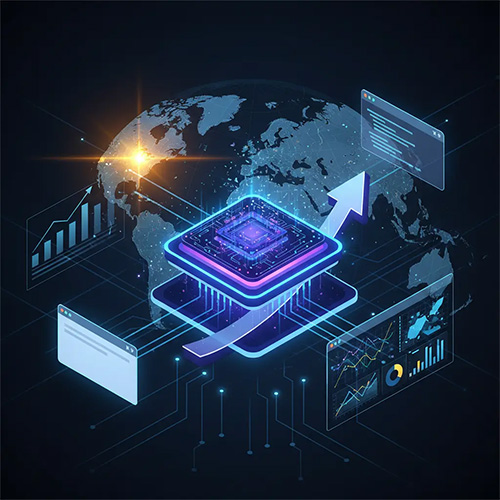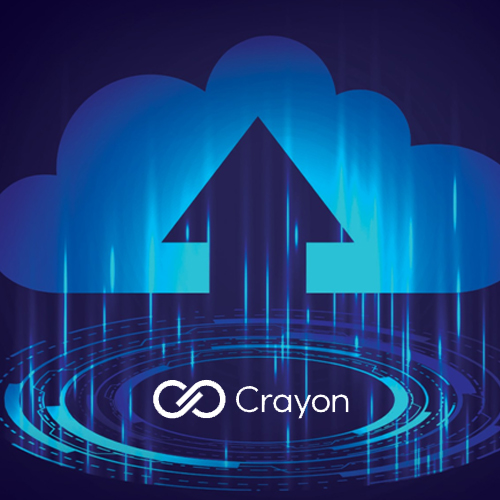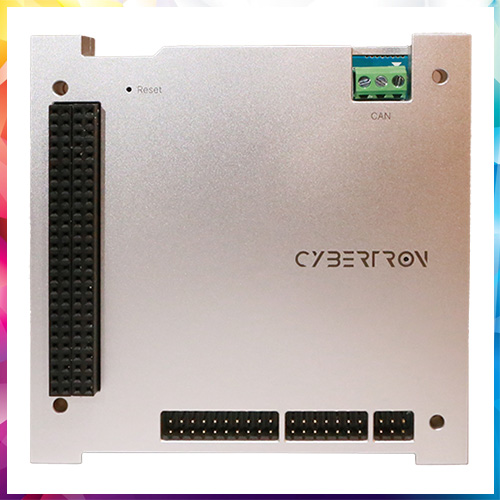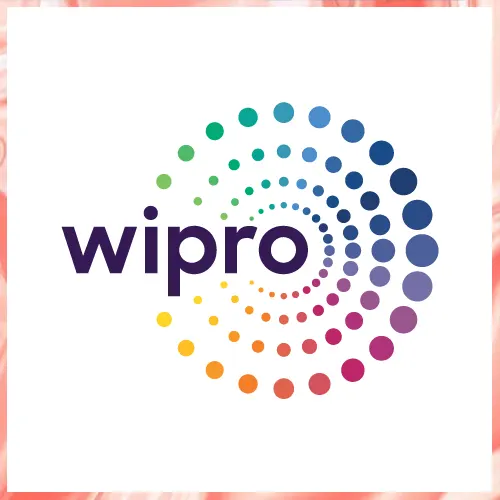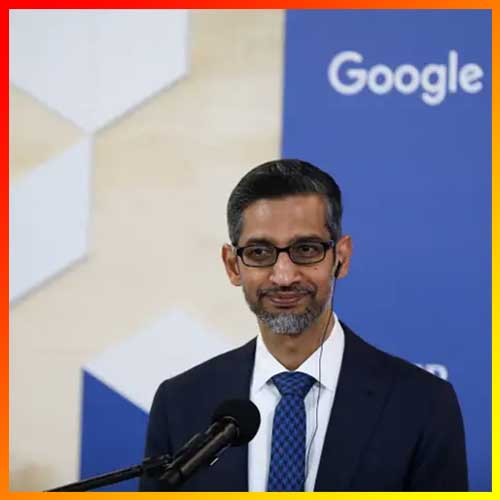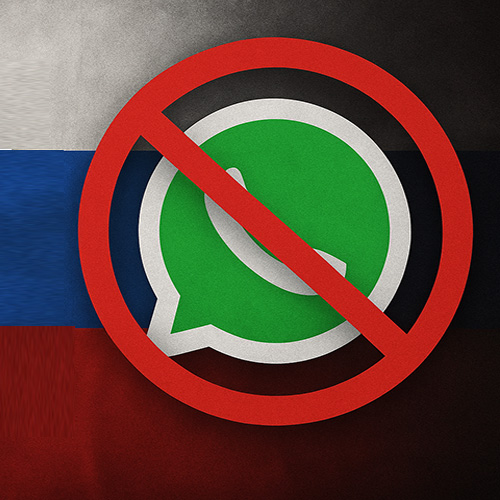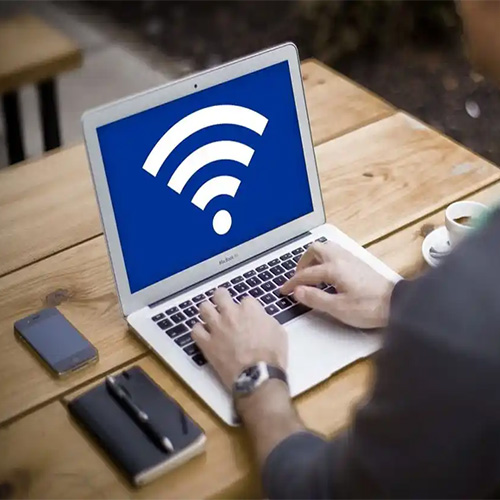
By Dhana Kumarasamy, CEO, Fulcrum Digital
In a country as vast as India, the reality is that building hundreds of billions of dollars of infrastructure on the ground is going to take us several years. At this juncture, digital infrastructure comes in to play to accelerate growth across sectors. We are not very far away from a time when our current range of gadgets such as wearables and smart phones will be integrated with the global ecosystem of internet and other service providers. More importantly, these will also be connected to markets, both domestic and global, and across fields.
Recent data by McKinsey shows that India is one of the largest and fastest growing markets for digital consumption with over 560 million internet subscribers, second only to China. As the government continues on its mission to increase this, a key step taken was the roll out of the Aadhaar- a biometric digital identity programme. The government further brought over 10 million businesses on to a common digital platform through the introduction of the Goods and Services Tax (GST) in 2017. Additionally, competitive offerings from telecommunications firms have turbocharged the adoption of data and internet subscriptions by users.
Despite this, the on-ground reality is that only about 40% of the Indian population has access to internet, and this even lower among people at the middle and the bottom of the pyramid, particularly in rural areas. Within the business space, the agriculture sector is still fairly untouched by internet powered technologies, and is largely driven by manual processes. By bringing in a digital revolution to the industry, conventional farming methods can be transformed greatly. Hence, there is a need to foster digital ecosystems across the country and across sectors.
In order to turn this vision into a reality, 5G will be mission critical. Its impact on the Indian economy is one of the most talked about, as we await its imminent roll out. The expectations are high - with India’s 5G revenues projected to touch USD 9 billion by 2026, according to the India Mobile Broadband Index 2022. Following the digital revolution that took place post the onset of the pandemic, it has become clear that no industry can operate and attain its full potential without a seamless internet connection.
A key beneficiary of 5G technology is the agriculture sector. As a sector that accounts for 20% of India’s GDP, the use of technology has the potential to raise this to 50% or more. Being a sector that relies on strong networks and connectivity with different parts of the country, it is essential for all stakeholders to have a seamless connection to deliver a personalized service. With the right connections in place, farmers can receive timely information on government services, suitable crops as per season, track markets for best pricing, and their ability to participate in trade related activities. Additionally, through the use of smart farming and precision agriculture, stakeholders can experience increased productivity and efficiency in the entire farm-to-market process. With this, the sector can witness a rise in activity, ultimately contributing to increased GDP growth.
As the country looks towards heightened growth and industry expansion, 5G, along with contributions from citizens will be paramount. To drive innovative solutions at scale, 5G will provide a pathway for automation to help billions of people and industries with their wireless connectivity. At present, India's lack of established connectivity speed of infrastructure, underscores the importance of the adoption of wireless connectivity, which leads most of the population to be left out in taking advantage of the next stage of digital growth. And as more people participate in 5G, the more India will evolve into an inclusive economy connecting people to optimize their processes, goods, and services, improving India's economy and GDP. It will become an ecosystem of a productive and prolific economy where costs continue to decrease while production continues to rise.
With the rollout of 5G services just around the corner, narrowing the digital divide that currently exists is an achievable goal. A rewarding future is ours to harvest, and an all-encompassing digital economy is nearer than we think, provided we seize the right opportunities at the right time.
See What’s Next in Tech With the Fast Forward Newsletter
Tweets From @varindiamag
Nothing to see here - yet
When they Tweet, their Tweets will show up here.













